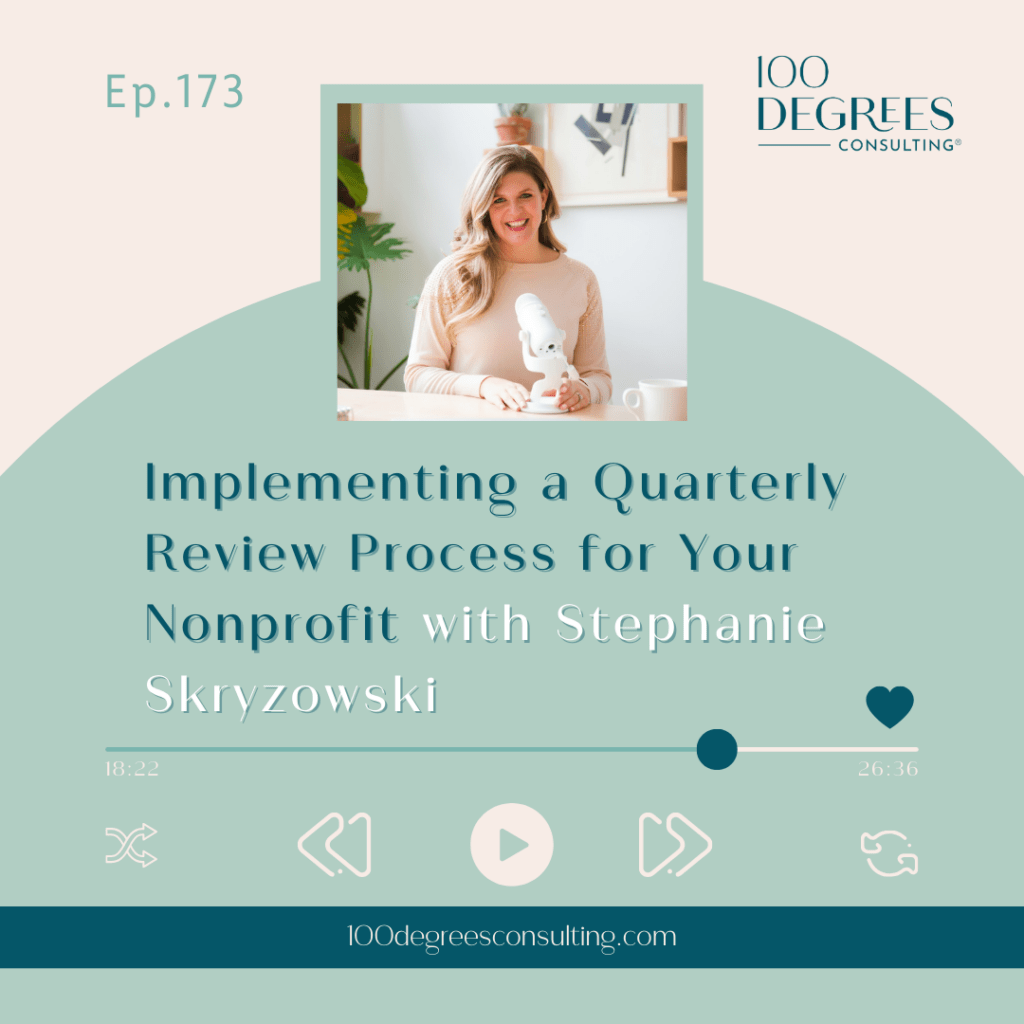Accountability alert!
I can’t believe we are almost halfway through the year. Now is about the time when everyone is putting together summer bucket lists and has all but forgotten those goals we set back in January. I’m no stranger to forgetting about my goals until, oh, about December when it’s time to set new ones. This year has been a little different for me though. I started using PowerSheets, a goal-setting planner that provides a framework for checking in on your annual goals on a monthly basis, so they don’t get forgotten or neglected. My goals have actually shifted in scope and priority since January 1st but they haven’t lost their focus which is most important.

I’m talking about goals in June because I know many of you set finance-related goals this year. Maybe it was to hit a certain revenue number, create a cash reserve, land a particular grant, or just finally take ownership of your numbers, despite how much you hate them.
I am here for ALL of it because the more we think and talk about our financials, the more they’re going to head in the direction we want!
And one way I can help keep you on track is by sharing the four simple things you need to do each month to meet your financial goals.
You ready?
4 Monthly Actions to Meet Your Financial Goals:
- Stay organized. Create an online filing system in the cloud (Dropbox or Google Drive), with a folder for each month, and keep all of your paperwork in this folder (not your inbox or a shoebox under your desk!). I’m talking bank statements, receipts, invoices, contracts, etc. An organizational system that seems annoying now will pay off tenfold if you ever need to find anything during tax time or an audit.
- Do your bookkeeping. Whether you’re doing your own bookkeeping or you hire it out, make sure it’s done in a timely manner every month. All revenue and expenses should be entered, classified accurately, and bank accounts should be reconciled, no excuses!
- Run & analyze reports. At minimum, you should review your comparative P&L (income statement) and balance sheet monthly, scan for major variances, and ensure you’re on track to your financial goals.
- Forecast 6-12 months out. Once you review your reports, look at the upcoming 6-12 months and map out your revenue and expenses again. Maybe June wasn’t a great month for revenue but you expect to make up for it in July – update that forecast! (Need a template to help with this? I GOT YOU.)
The last step? Set time aside on your calendar each month to be one with your numbers because what gets scheduled gets done!
EXTRAS!
I’m sharing behind the scenes on my own CEO day in our next email newsletter, so subscribe here!
Do you listen to podcasts? I’ve had the privilege of being a guest on a few podcasts lately, chatting about all things numbers, career growth, and life balance. Please give them a listen and learn more about my business and me!
Do you have a numbers knowledge gap in your nonprofit? Sometimes the best option is to hire someone to fill that gap, and other times it’s best to gain that knowledge yourself. Are you ready to uplevel your leadership and raise more money through storytelling with financials? Watch our free masterclass today to learn more!




















